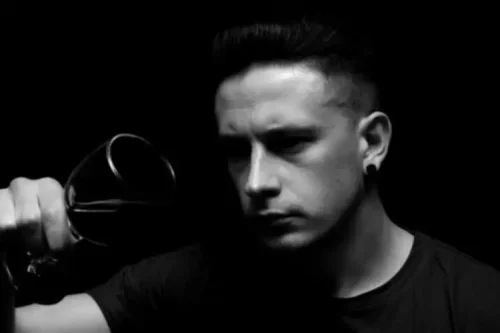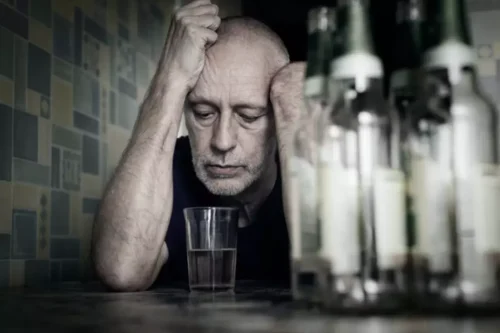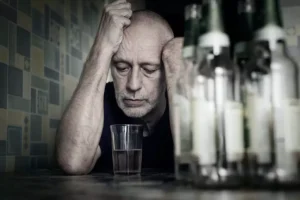
In addition, they may have difficulty accepting praise or compliments and often struggle with feelings of guilt. You might withdraw from social interactions, feeling disconnected from others or resentful of those who can still drink. John C. Umhau, MD, MPH, CPE is board-certified in addiction medicine and preventative medicine. For over 20 years Dr. Umhau was a senior clinical investigator what is alcoholism at the National Institute on Alcohol Abuse and Alcoholism of the National Institutes of Health (NIH).
How to Cope With Dry Drunk Syndrome

Dry drunk symptoms occur when an individual has physically given up alcohol but has not made any behavioral or emotional changes. These individuals may still carry around the emotional baggage or unhealthy thought patterns that contributed to their addiction in the first place. When you quit drinking, your brain must adjust to the impairment that alcohol caused. This adjustment period can last a couple of weeks or as long as several years.
- These outlets can provide a sense of purpose and fulfillment that may be lacking in your life.
- If you have quit drinking but are still struggling with the negative and destructive attitudes and feelings you had during active addiction, you may be dealing with what’s called dry drunk syndrome.
- Medications, behavioral therapies, and treatment for co-occurring disorders can help someone deal with the symptoms of PAWS.
- Alcoholics dealing with dry drunk syndrome feel overwhelmed by their reality for the first time since getting sober.
Contents
While traditional 30-day rehabs and 12-Step programs are well-known, there are numerous other effective treatments available. These include behavioral therapies, dry drunk syndrome such as individual and group counseling, medications to ease withdrawal symptoms, and mutual support groups like Alcoholics Anonymous (AA). The first step in dealing with the dry drunk syndrome is the same as it was for quitting alcohol. According to this definition, even if a person abstains from drinking, the signs of “dry drunk syndrome” and being a dry alcoholic may still be considered a relapse. Remember that relapses are a typical and natural part of the healing process. It is essential to seek professional help if you or a loved one are experiencing dry drunk symptoms.
Emotional Extremes

People who started drinking to cope with a problem eventually developed an addiction to it. Everyone’s journey to recovery is different, and treatment plans must be individualized to meet each person’s unique needs. Seeking professional help is always recommended to manage dry drunk syndrome symptoms and prevent relapse.
Greater Boston Outpatient Rehab Center

Post-acute withdrawal syndrome (PAWS) refers to a set of symptoms that can persist after the initial withdrawal phase from substances like alcohol. These symptoms can include mood swings, anxiety, and irritability, which may resemble those of dry drunk syndrome (a side effect of PAWS) and can complicate recovery efforts. Dry drunk syndrome is a term created by the founders of Alcoholics Anonymous (AA). It was a term AA used to describe someone who had quit drinking but had not dealt with the issues or behaviors that had caused them to abuse alcohol.

Other factors that can affect the severity of dry drunk syndrome include an individual’s age and gender, according to the University of Wisconsin Health. For example, when an individual regularly consumes alcohol, they cause levels of messenger chemicals called neurotransmitters to increase in the brain. One particular neurotransmitter that alcohol boosts is dopamine, a “feel good” chemical that causes a temporary feeling of relief and pleasure when drinking. Recognizing these patterns and actively working to replace them with healthier coping strategies is essential.
Deja un comentario